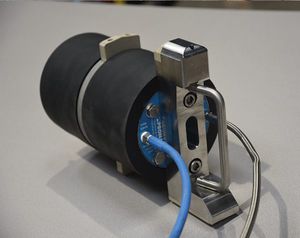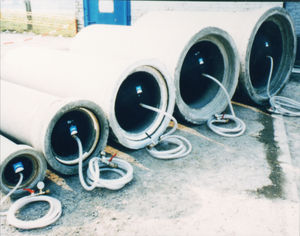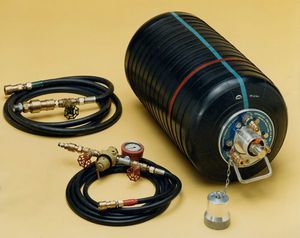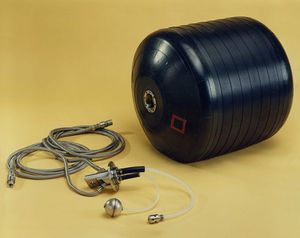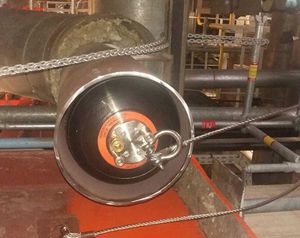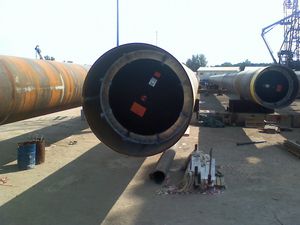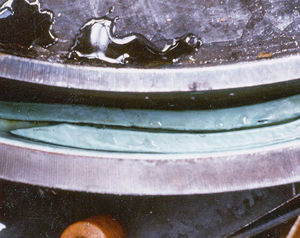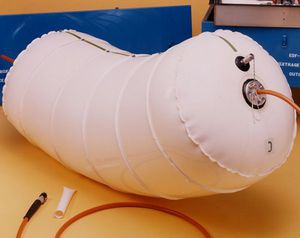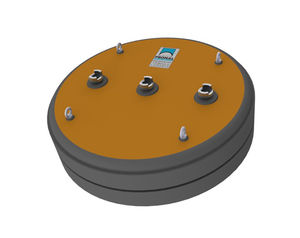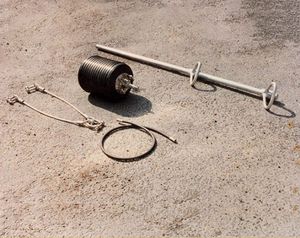
- Company
- Products
- Catalogs
- News & Trends
- Exhibitions
Inflatable shutter OTR seriesfor watertightness testsrubberdouble




Add to favorites
Compare this product
Characteristics
- Type
- inflatable
- Applications
- for watertightness tests
- Material
- rubber
- Other characteristics
- double
Description
The pipe test plug OTR is designed to test the tightness of inspection wells that are found in waste-water systems. Flexible and light, you can easily integrate it in the sewerage network. Moreover, its execution is very fast.
Whatever the diameter of the pipe, the height of the sealing balloons is 200 mm. This allows a simple and fast use in narrow spaces.
Thanks to a double-walled fabric and a hot vulcanization in the autoclave, the pipe test plug allows a perfect sealing. It also offers a high resistance to wear and tear and therefore a long service life.
In addition, the pipe plug is equipped with through walls for pressurization, intended for manhole tightness tests.
In the range of inflatable pipe plugs dedicated to sanitation, there is also the standard inflatable pipe plug OPL.
Advantages
Reliability
Total tightness
Extremely durable
Safety
Safety
Highly wear-resistant
Installation
Rapid installation
Detailed information
Material: double layered 200 mm NPVC fabric on a polyester backing
Technique: hot vulcanization in a vacuum autoclave
Max. height. :200 mm
Inflation: by air
Temperature resistance: -25 to +85°C (please contact us for any use outside this temperature range)
Inflation pressure: max. 1 bar
Back-pressure: 0.1 bar
Supplied accessories:
1 x ¾’’ G quick connector for inflating the stopper
1 x ¼’’ G CEJN coupler for checking the pressure
1 x DN 20 Camlock adapter for pressurizing the pipe
4 hoisting rings.
Catalogs
No catalogs are available for this product.
See all of PRONAL‘s catalogs*Prices are pre-tax. They exclude delivery charges and customs duties and do not include additional charges for installation or activation options. Prices are indicative only and may vary by country, with changes to the cost of raw materials and exchange rates.







